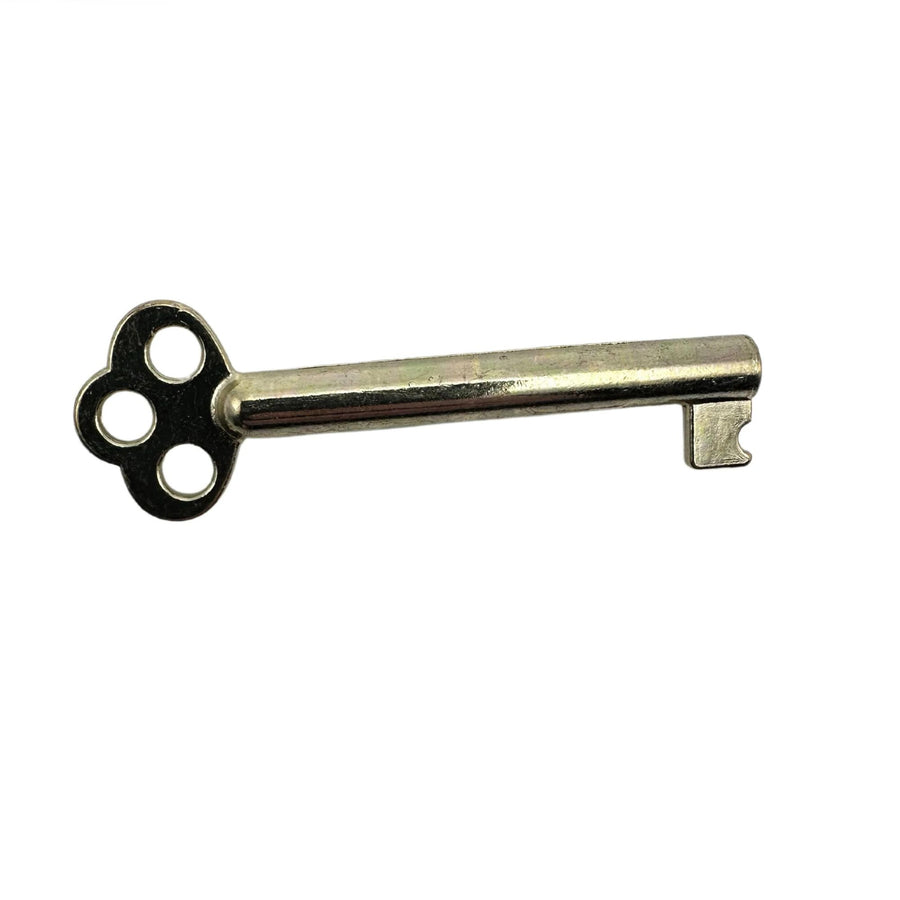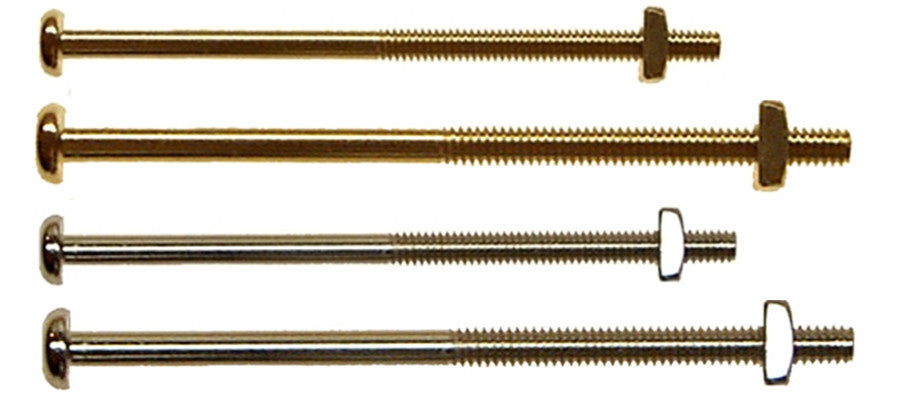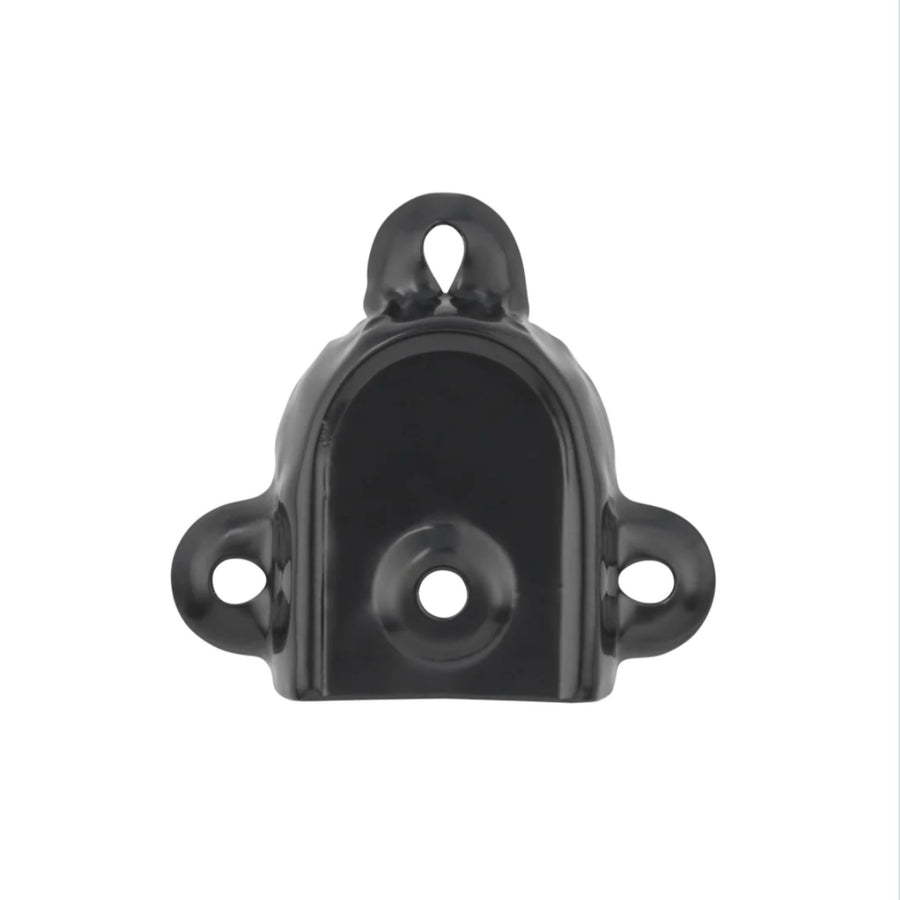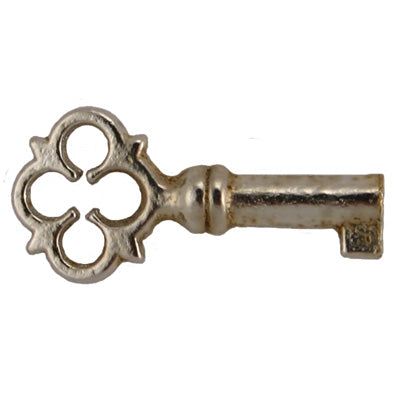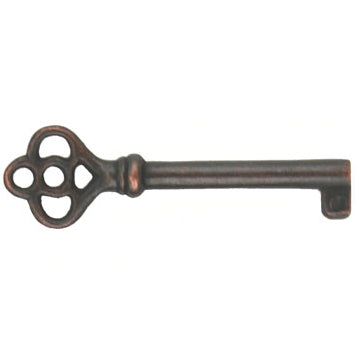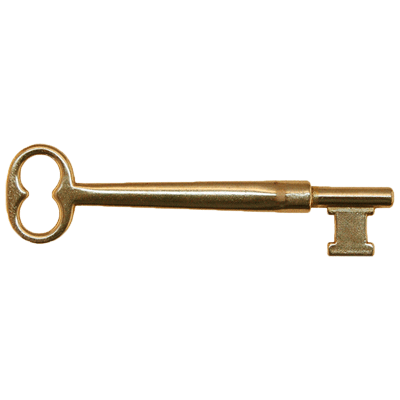How to Clean Steamer Trunk Hardware

Steamer trunks, once a staple for long voyages and cross-country travels, are emblematic of a bygone era. These sturdy storage chests, often adorned with intricate hardware and designs, not only served a functional purpose but also added a touch of elegance to the journey. As time has passed, many of these trunks have been relegated to attics, basements, or even discarded. However, for those who recognize their historical and aesthetic value, restoring them to their former glory is a labor of love. One of the key aspects of this restoration process is the meticulous cleaning of the trunk's hardware, which can transform a weathered relic into a stunning vintage centerpiece. In this article, we'll delve into the detailed steps and techniques to effectively clean and rejuvenate the hardware of your steamer trunk, ensuring it continues to tell its story for generations to come.
Table of Contents
Understanding Steamer Trunk Hardware
Understanding Steamer Trunk Hardware
Steamer trunks, with their robust construction and intricate designs, are often accentuated by a variety of hardware components that not only serve functional purposes but also enhance their overall aesthetic appeal. Let's delve into the different types of hardware commonly found on these trunks:
- Locks: Often made of brass or iron, these locks were designed to keep the trunk's contents secure. Over time, they can become tarnished or rusted, but with proper care, they can be brought back to their original shine.
- Hinges: These are pivotal for the trunk's opening and closing mechanism. They can be simple in design or ornately decorated, depending on the trunk's age and style.
- Handles: Typically made of leather, metal, or a combination of both, handles are essential for the portability of the trunk. They are often the first to show wear due to frequent use.
- Corner Protectors: These metal pieces shield the trunk's corners from damage. They are usually made of brass or iron and can be plain or ornately designed.
- Metal Bands: Running horizontally or vertically across the trunk, these bands provide additional strength and support. They also contribute to the trunk's distinctive appearance.
- Studs and Nails: Often used for decorative purposes, these small metal pieces can be found dotted across the trunk's surface, adding to its character.
Why Cleaning is Essential

The allure of a steamer trunk lies not just in its storied past, but also in the intricate details of its hardware. Over the years, however, these details can become obscured by the ravages of time and environmental factors. Here's why giving attention to the hardware's cleanliness is paramount:
- Effects of Time and Environment: Hardware, especially those made of metals like brass and iron, is susceptible to tarnish, rust, and corrosion. Factors such as humidity, exposure to air, and even the oils from our hands can accelerate this deterioration. Without regular cleaning, these once-shining pieces can become dull and lose their charm.
- Potential Risks of Neglect: Beyond aesthetics, neglecting the maintenance of hardware can lead to functional issues. Locks might become jammed, hinges could seize up, and handles might weaken, making the trunk less usable and potentially risking damage to its contents.
- Preserving Historical Value: Each steamer trunk tells a tale – of journeys taken, of eras gone by, and of the people who once owned them. Cleaning and maintaining the hardware is a way of preserving this history, ensuring that the trunk remains a tangible link to the past.
- Aesthetic and Functional Benefits: A well-maintained steamer trunk can be a stunning centerpiece in any room, its gleaming hardware drawing attention and admiration. Additionally, clean and functional hardware ensures that the trunk can still be used for storage or transport, combining beauty with utility.
In essence, cleaning the hardware of a steamer trunk is not just about appearance; it's about respect. It's about honoring the craftsmanship of yesteryears and ensuring that these beautiful artifacts continue to serve and inspire for years to come.
Materials and Tools Needed

Before diving into the cleaning process, it's essential to gather the right materials and tools. Using the appropriate items ensures not only the effectiveness of the cleaning but also the safety of the hardware and the trunk itself. Here's a comprehensive list to guide you:
Cleaning Agents:
- Brass Cleaner: Specifically formulated for brass items, this cleaner helps in removing tarnish and restoring shine.
- Iron Rust Remover: Ideal for iron hardware, it aids in eliminating rust without causing damage.
- Mild Soap: A gentle soap solution can be used for preliminary cleaning and for materials that might be sensitive to stronger agents.
- White Vinegar and Lemon Juice: Natural acidic solutions that can help in removing tarnish from various metals.
Brushes:
- Soft-Bristled Brush: Useful for dusting off loose dirt and debris without scratching the hardware.
- Toothbrush: Its small size and bristles make it perfect for reaching nooks and crannies of intricate designs.
- Wire Brush: For tougher rust or tarnish, a wire brush can be gently used, but with caution to avoid scratching.
Cloths:
- Microfiber Cloth: Ideal for polishing and wiping down hardware without leaving lint or scratches.
- Soft Cotton Cloth: Useful for applying cleaning agents and for general cleaning.
Safety Gear:
- Gloves: Protects hands from chemicals and provides a better grip.
- Goggles: Shields eyes from any splashes of cleaning agents.
- Masks: Especially if using stronger chemicals, a mask can prevent inhalation of fumes.
Small Containers: For mixing cleaning solutions or holding small amounts of cleaning agents.
Lubricant: Useful for hinges or locks to ensure smooth movement after cleaning.
Gathering these materials and tools beforehand ensures a seamless cleaning process. Remember, while stronger agents might offer quicker results, it's always best to start with milder solutions to preserve the integrity of the hardware.
Step-by-Step Cleaning Guide

Restoring the gleam and functionality of your steamer trunk's hardware requires patience, care, and a systematic approach. Follow this step-by-step guide to ensure a thorough and safe cleaning process:
Step 1: Preparation
- Choose a well-ventilated area for the cleaning process to ensure safety, especially if using chemicals.
- Lay down a protective cloth or plastic sheet to protect the surface you're working on from any spills or drips.
- Ensure the trunk is stable and easily accessible from all sides.
Step 2: Dusting
- Using a soft-bristled brush, gently dust off any loose dirt, debris, or cobwebs from the hardware. This preliminary cleaning ensures that you're not rubbing grit into the metal during the subsequent steps.
Step 3: Application of Cleaning Agent
- Depending on the material of the hardware, choose an appropriate cleaning agent.
- Dip a soft cotton cloth into the cleaning solution and wring out excess liquid.
- Gently apply the cleaning agent to the hardware, ensuring all areas are covered. For intricate designs, use a toothbrush to reach crevices.
Step 4: Scrubbing
- With gentle circular motions, scrub the hardware using the cloth or toothbrush. For tougher stains or tarnish, you can apply slightly more pressure, but always be cautious to avoid scratching.
- If dealing with rust on iron hardware, a wire brush can be used with gentle strokes.
Step 5: Rinsing
- If you've used a cleaning agent that requires rinsing, dampen a clean cloth with plain water and wipe down the hardware to remove any residue.
- Ensure that no water seeps into the trunk or remains on the hardware, as this can lead to damage or rust.
Step 6: Drying
- Thoroughly dry the hardware using a microfiber cloth. Ensure no moisture remains, especially in crevices or joints.
- Allow the hardware to air-dry for a short period to ensure complete dryness.
Step 7: Polishing
- Once the hardware is clean and dry, use a polishing cloth or microfiber cloth to give it a final shine.
- For added protection and gleam, you can apply a metal-specific polish or wax, following the product's instructions.
By following this systematic approach, you'll not only restore the beauty of your steamer trunk's hardware but also ensure its longevity and functionality.
Remember to always test a small, inconspicuous area first before applying any cleaning agent to the entire piece.
Tips and Tricks
Cleaning steamer trunk hardware can be a rewarding experience, especially when you see the transformation from tarnished and grimy to gleaming and pristine. To make the process even smoother and to tackle some common challenges, here are some handy tips and tricks:
Homemade Cleaning Solutions:
- For brass hardware, a mixture of equal parts lemon juice and baking soda can create a potent cleaning paste. Apply, let it sit for a few minutes, then scrub gently and rinse.
- For iron hardware, white vinegar can help dissolve rust. Soak a cloth in vinegar, wrap it around the rusted part, leave for an hour, then scrub.
Tackling Stubborn Stains:
- If a stain or tarnish proves resistant to initial cleaning, try letting the cleaning agent sit for a longer period before scrubbing.
- For extremely stubborn spots, consider seeking professional advice or using specialized cleaning products.
Protective Measures:
- Once your hardware is clean and shiny, consider applying a clear lacquer or protective wax. This can help prevent future tarnish and reduce the frequency of cleaning.
- For leather handles or parts, consider using a leather conditioner after cleaning to keep the material supple and prevent cracking.
Regular Maintenance:
- Instead of waiting for the hardware to become heavily tarnished or dirty, incorporate light cleaning into your regular maintenance routine. Wiping down the hardware with a soft cloth once a month can prevent buildup and reduce the need for intensive cleaning sessions.
Storage Tips:
- If you're storing your steamer trunk for an extended period, consider placing silica gel packets inside to absorb moisture and prevent rusting of the hardware.
- Store the trunk in a dry, cool place away from direct sunlight to preserve both the trunk and its hardware.
Seek Expert Advice:
- If you're unsure about the material of your hardware or how to handle a particular cleaning challenge, don't hesitate to consult with restoration experts or antique dealers. They can offer invaluable insights and recommendations.
Cleaning and restoring steamer trunk hardware is as much an art as it is a science. With these tips and tricks in your arsenal, you'll be well-equipped to handle any challenge and ensure that your trunk remains a cherished heirloom for years to come.
Safety Precautions
While the process of cleaning steamer trunk hardware can be fulfilling, it's essential to prioritize safety, especially when working with chemicals and older materials. Here are some safety precautions to keep in mind:
Handling Chemicals with Care:
- Always read and follow the manufacturer's instructions when using commercial cleaning agents.
- Avoid mixing different chemicals, as this can result in harmful reactions.
- Use chemicals in well-ventilated areas to prevent the buildup of fumes.
Personal Protective Equipment (PPE):
- Wear gloves to protect your hands from chemicals and to avoid direct contact with tarnish and rust.
- Use safety goggles to shield your eyes from potential splashes, especially when working with liquids.
- If using strong chemicals or if you're sensitive to fumes, consider wearing a mask to prevent inhalation.
Avoiding Spills:
- Work on a stable surface and ensure that all containers are securely closed when not in use.
- Keep cleaning agents away from the main body of the trunk, especially if it has a fabric or leather exterior, to prevent stains or damage.
Testing Before Applying:
- Before using any cleaning agent on the hardware, test it on a small, inconspicuous area to ensure it doesn't cause discoloration or damage.
Safe Storage:
- Store all cleaning agents out of reach of children and pets.
- Ensure that lids and caps are securely fastened to prevent spills or accidental ingestion.
Emergency Preparedness:
- In case of skin or eye contact with a chemical, rinse immediately with plenty of water and seek medical attention if necessary.
- Keep the contact information of your local poison control center handy in case of accidental ingestion.
By adhering to these safety precautions, you can ensure that the process of restoring your steamer trunk's hardware is not only successful but also safe for you and those around you. Remember, while the goal is to bring back the trunk's beauty, your well-being should always come first.
Conclusion

The journey of restoring a steamer trunk's hardware is a testament to the value we place on preserving history, craftsmanship, and the stories embedded in these vintage treasures. Through careful cleaning and maintenance, we breathe new life into these relics, allowing them to shine once more and continue their narrative in our homes and lives.
The transformation of tarnished and worn-out hardware to a gleaming state of elegance is not just about aesthetics; it's a bridge to the past, a nod to the artisans and travelers who once relied on these trunks. By taking the time to restore them, we honor their legacy and ensure that future generations can appreciate the beauty and tales of these timeless pieces.
As you admire the rejuvenated hardware of your steamer trunk, take a moment to reflect on its journey and the hands it has passed through. And as you share its story, remember that you've now become a part of it, a guardian of history and a curator of beauty.
Thank you for joining us on this restoration journey. We invite you to explore more articles and products on restorationsupplies.com, where the past meets the present, and history is celebrated every day.




